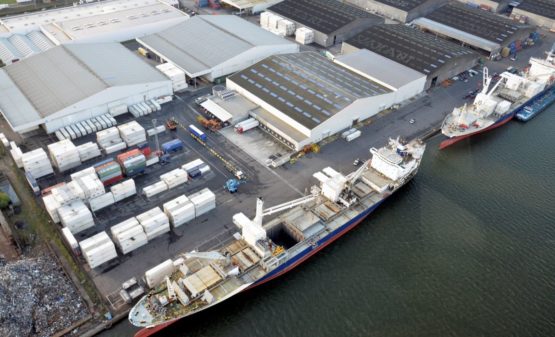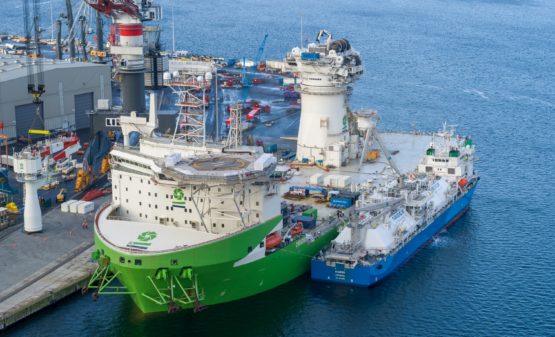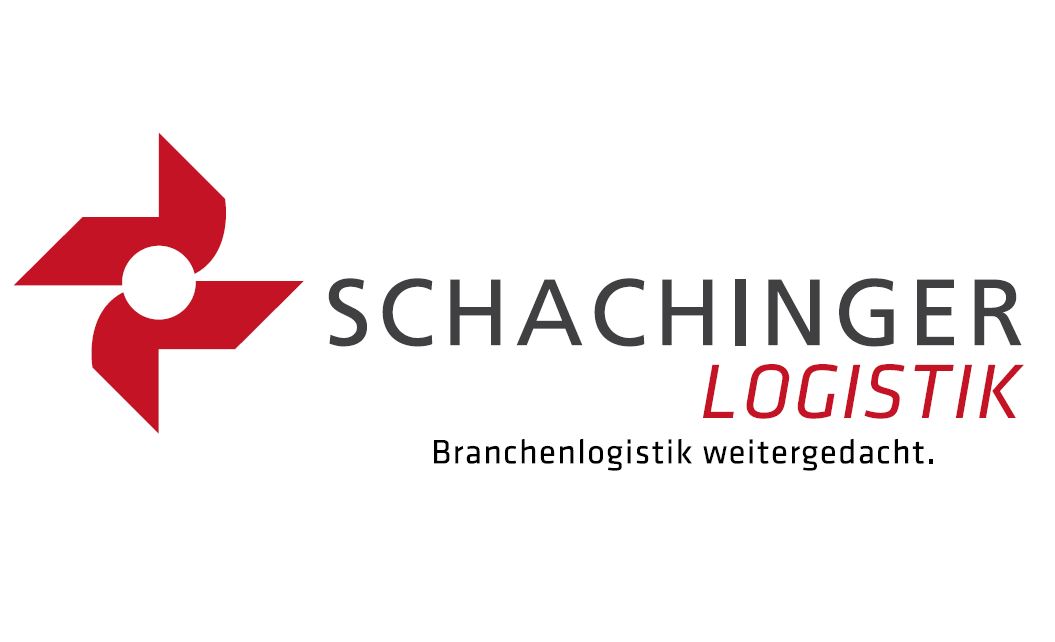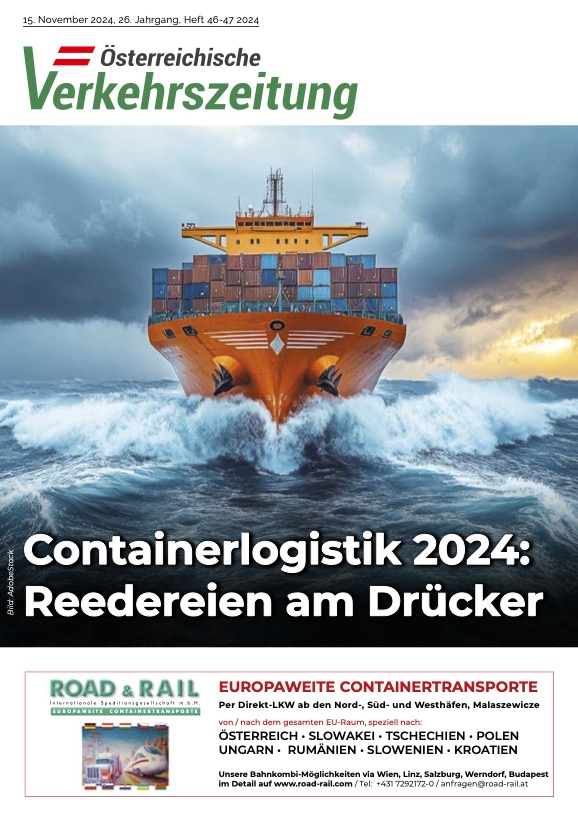Together with German Transport Minister Andreas Scheuer and representatives of the industry, the Federal Association of German Inland Navigation(BDB) signed by the BMVI action plan regarding the low water on the Rhine on 4 July in Cologne on board the “MS Mainz”. The 8-point paper is a response to the extremely low water year 2018, which has made the outstanding significance of waterway transport for industrial sites particularly clear in the Rhine catchment area and at the same time has made the general public aware.
In order to be able to meet the climate change-related challenges for freight traffic on the Rhine and its tributaries, the plan includes a total of eight short-, medium- and long-term solutions in the fields of providing information, transport & logistics, infrastructure and long-term solutions.
“The year 2018, with its extreme low water levels on various rivers, has clearly demonstrated to customers and end users how important freight transport by inland vessel is to supply the industrial sites, especially in the Rhine area. No other mode of transport was able to take over cargo volumes of inland shipping, so that goods became more expensive and could not be provided to the usual extent,” emphasised BDB President Martin Staats (MSG).
In this context, the German government’s announcement in the paper that all meaningful measures should be taken to speed up unloading optimisation in the middle and lower Rhine enshrined in the Federal Transport Infrastructure Plan 2030, for example by adopting measures, is particularly important. In addition, it would be important to focus on further hydraulic engineering solutions to ensure calculated transport conditions on the Rhine.
“Since an accumulation of significant low-water events have to be expected also in the future, serious discussions are required on the construction of barrages and storage solutions on the Rhine. It is therefore right that the action plan anchors a thorough investigation of such measures,” said the BDB President.
To improve navigation at low water levels, the paper provides, among other things, optimised water level forecasts and the provision of up-to-date in-depth information in the electronic inland waterway chart (Inland ECDIS). This enables longer-term planning options for freight transport and improved utilisation of the navigation channel depths for the ship’s command.
“The industry also needs a new fleet program underpinned by an attractive support,” says Martin Staats. In the 8-point plan in the field of action transport & logistics after all, a possible fiscal and regulatory support in the development and availability of adapted, smooth-running ship types mentioned.











